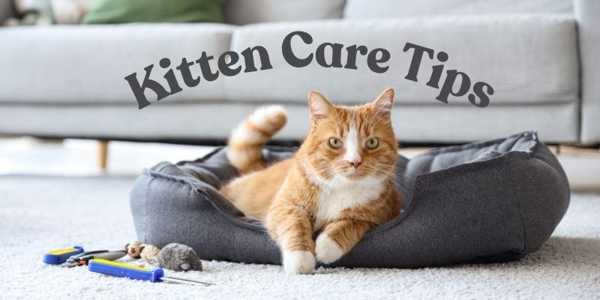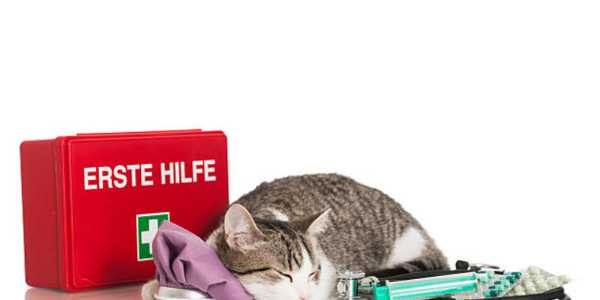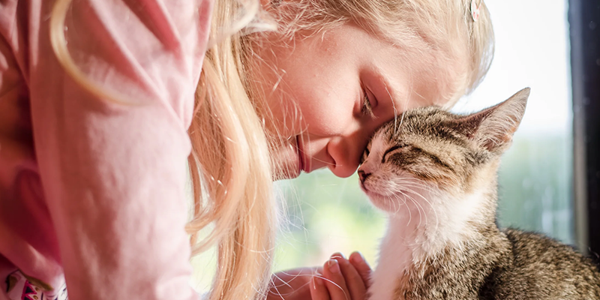Common Cat Health Problems and How to Prevent Them
Does your cat appear less energetic than usual? Have you noticed any change in appetite, grooming, or behaviour? These are small indications that may sometimes lead to larger cat health problems. Good pet owners should know the common cat diseases and how to prevent them to ensure the better growth of a healthy cat.
Cats can hide their sickness; if problems are not noticed, they might become severe. Learning the most common health issues and preventive measures will allow you to safeguard your cat's health and avoid expensive treatment.
1. Dental Disease in Cats
Dental problems are among cats' unaddressed health problems. Plaque accumulation may result in gingivitis, bad breath, and tooth loss. Mouth infections can also be transferred to the heart or kidneys.
Prevention tip: Clean the cat's teeth regularly using toothpaste approved by the veterinarian, provide dental treats, and make appointments with the dentist as often as possible.
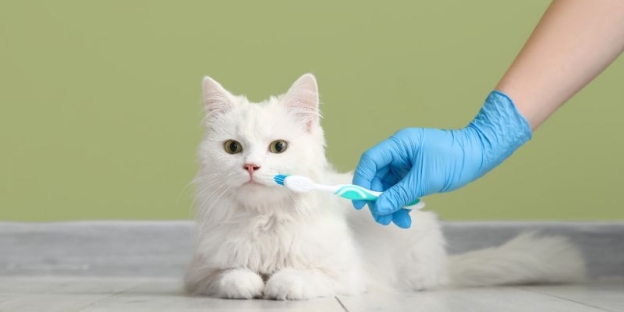
2. Obesity and Weight Management
Obesity is the most prevalent issue in modern pet care. Cats with excess weight are at higher risk of developing diabetes, arthritis, and heart complications. Even a small additional weight may put excessive pressure on a cat's joints and decrease mobility.
Prevention tip: Feed in measured amounts, avoid giving your cat too many food treats, and play with toys or climb trees to keep them fit.
3. Urinary Tract Infections and Blockages
Cat diseases are painful and may be life-threatening, like urinary problems. Symptoms of urine problems include straining, frequently attending litter box, or blood in the urine. Blockages are especially dangerous to male cats.
Prevention tip: To avoid stress-related urinary issues, supply fresh water daily, feed on a moist diet, and keep litter boxes clean.
4. Feline Upper Respiratory Infections
Similar to the common cold in human beings, cats can be infected with viruses or bacteria that cause an upper respiratory infection. Typical symptoms include sneezing, runny eyes, runny nose, and fatigue.
Prevention tip: To reduce these infections, keep vaccinations up to date, avoid contact with sick cats, and have a clean living environment.
5. Kidney Disease in Cats
One of the most widespread cat health issues, particularly in old cats, is chronic kidney disease. The symptoms may include excessive thirst, weight loss, vomiting and lack of appetite.
Prevention tip: Have regular checks with the vet every year, keep them hydrated and feed them kidney supportive diet, particularly for old cats.
6. Parasites and Fleas
Cats are constantly at risk of infection from fleas, ticks, and intestinal worms. These can cause itching and anemia and, in extreme cases, spread hazardous diseases. Even indoor cats may be exposed to humans or other pets.
Prevention tip: Use veterinarian-recommended flea and tick preventatives, keep bedding clean and undergo regular deworming treatment as recommended.
7. Diabetes in Cats
Obese, lazy, or sedentary cats are more prone to diabetes. Symptoms are heightened thirst, frequent urination, and weight loss. It may turn into a life-threatening situation without treatment.
Prevention tip: Maintain a balanced diet, keep your cat busy in good physical activities, and visit the vet regularly to detect and manage early.
8. Heart Disease in Cats
The symptoms of heart disease are hard to identify in cats, as they are good at hiding them. Some may express fast breathing, coughing, or fatigue. One of the most frequent heart diseases in cats is hypertrophic cardiomyopathy.
Prevention tip: Veterinary checkups are essential, as heart issues are hard to determine at home. A healthy, balanced diet and physical exercise will help to reduce risks as well.
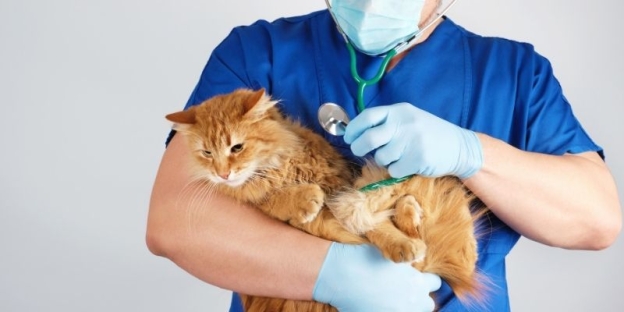
9. Skin Conditions and Allergies
Common cat health problems are skin allergies, fungal infections and dermatitis. Cats may scratch too much, have bald patches, or show irritation.
Prevention tip: Learn to identify possible agents, such as some foods, dust, or cleaning products. Frequent grooming and flea management also contribute to healthy skin.
10. Gastrointestinal Issues
Vomiting, diarrhea, and constipation are the most prevalent signs of gastrointestinal problems in cats. Changes in food, hairballs, illnesses, or parasites are some of the factors that can be the cause of these issues.
Prevention tip: Feed the cat a regular diet, keep it hydrated, and give it hairball control food or supplements if it vomits frequently.
Regular Vet Visits: Key to Preventing Cat Diseases
Regardless of your preventive measures, there are still some health problems that are difficult spot at home. For early diagnosis and effective treatment, you should have routine visits to the veterinary. Preventive care such as vaccines, dental checkups and blood tests are important in maintaining healthy cats in their lives.
Creating a Healthy Environment at Home
Prevention does not just involve medical attention. A clean and low-stress environment helps your cat's immune system. Bring interesting toys, scratching posts, and soft resting areas. A stress-free environment prevents urinary problems and changes in behaviour.
A Well-kept Cat Lives Longer!
Raising a cat is more than just giving them food or providing shelter. It includes awareness of prevalent cat health issues, the initial symptoms of cat diseases, and proactive measures to raise healthy cats. Prevention is always a good measure, whether it comes to dental care, weight management, or frequent vet visits.
A well-kept cat not only lives longer but is also happier and more active. Being attentive and vigilant will strengthen the relationship with your pet and ensure each purr is a sign of safety, rather than a symptom of sickness.
